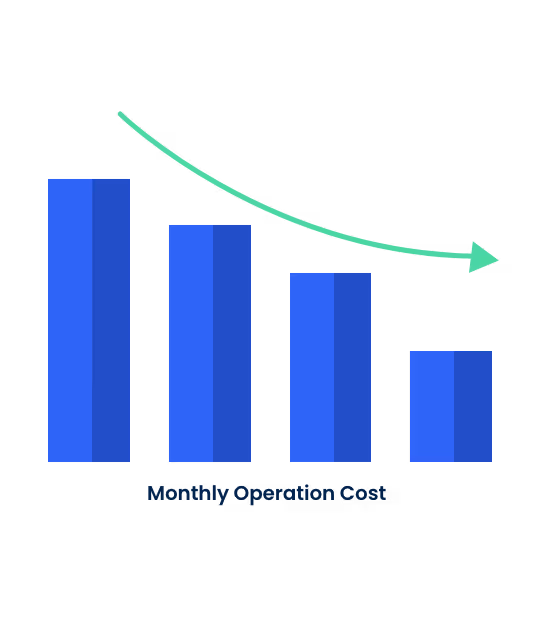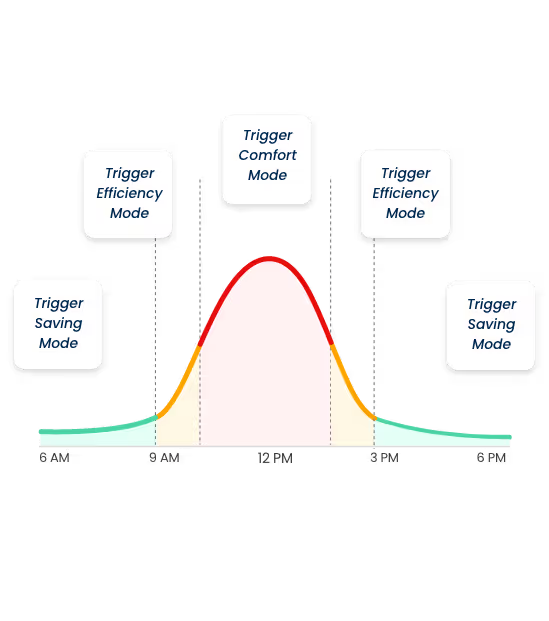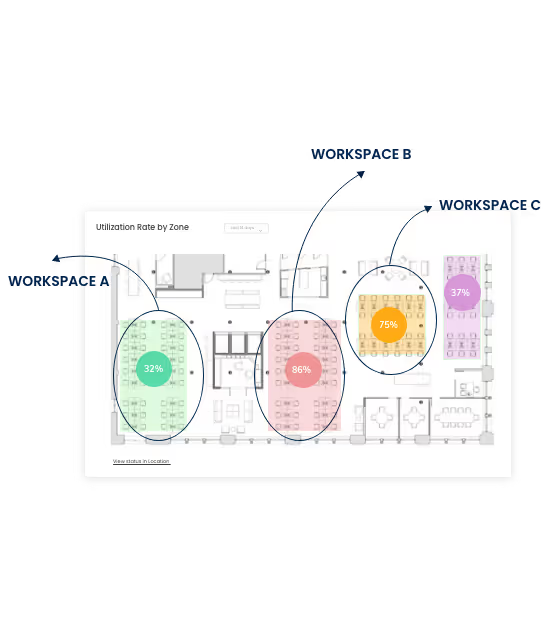Unlock energy savings and boost operational efficiency through Informed insights and proactive management

Use the results and insights gained from the previous steps to inform future decision-making and adjust accordingly
Real-time energy consumption data to identify inefficiencies, peak demand periods, and areas for improvement
Result of changes on energy consumption and compare with the initial baseline or previous records

Provide occupants with real-time data on their energy consumption, through mobile apps or dashboards, encourage behavioural changes
Benchmark performance against similar buildings or industry standards, identify areas for improvement and set realistic energy efficiency goals
Adjust HVAC, lighting, and appliances in real-time based on data insights, ensure optimal energy efficiency and occupant comfort
Predict future energy demand and optimise energy usage based on various factors, eg. weather conditions, occupancy levels, and time-of-day pricing
Provide valuable insights to decisions of equipment upgrade, retrofit buildings, or invest in renewable energy systems
Identify areas with the greatest potential for energy savings, prioritise investments for maximum impact
Better prepare for potential future challenges, such as stricter energy efficiency requirements or increased demand charges
Mitigate risks associated with fluctuating energy prices, regulatory changes, and grid instability


Automated workflows and smart controls can adjust energy usage in real-time based on price signals or grid conditions
Adjusting HVAC settings or lightings during off-peak hours, smart buildings can minimise their energy costs
Maintain optimal comfort levels for occupants while reducing energy consumption during peak periods, a better indoor environment
Benefits the building owners and occupants but also contributes to a more resilient and sustainable energy system
create personalised settings for individual occupants or zones within a building, on a preferences or schedule
Provide adaptive lighting control based on occupancy, daylight availability, and user preferences
Automatically adjust HVAC systems, ensure a comfortable indoor climate that supports occupant well-being and productivity
Sensor data to optimise ventilation systems, ensuring a healthy indoor environment with good air quality for better cognitive function


Maintain optimal building performance and ensures that potential issues are identified and addressed promptly
Generates valuable data that can be analysed to uncover patterns, trends, and inefficiencies. Respond to changing energy and facility management needs
Assess the impact by comparing maintenance costs and asset downtime before and after implementation
Measure the impact by tracking key performance indicators (KPIs) equipment downtime, maintenance costs, and overall equipment effectiveness (OEE)
Connect your sensors to Infodeck. Turn alerts into work orders. Close the loop between IoT and operations.